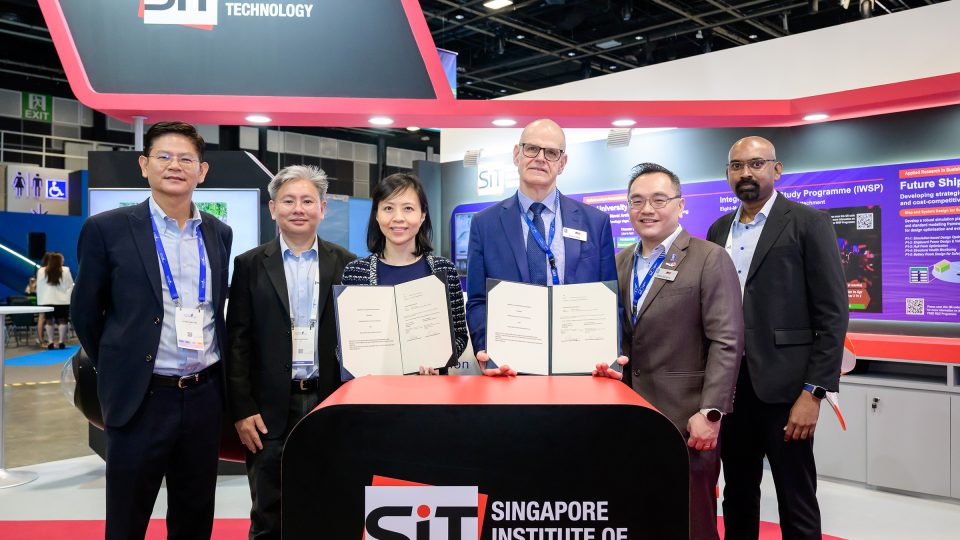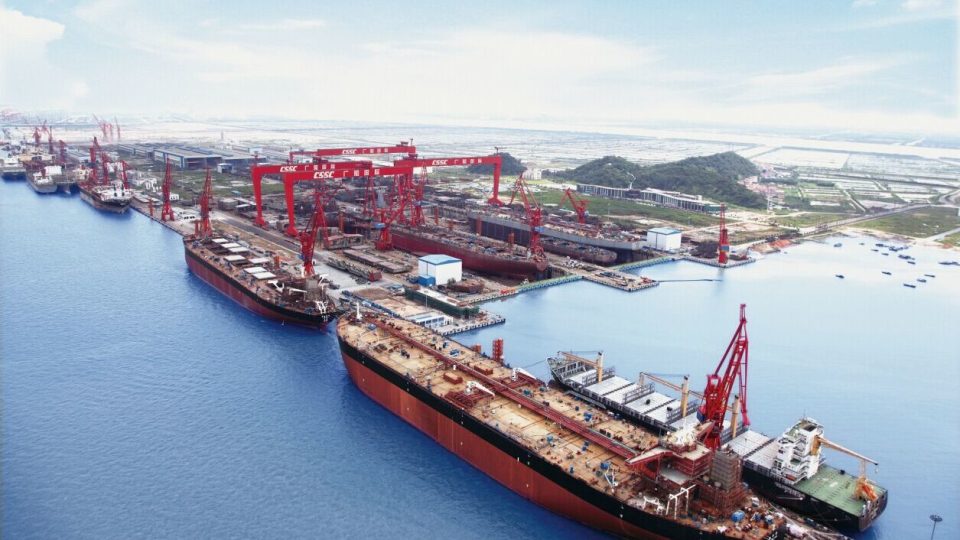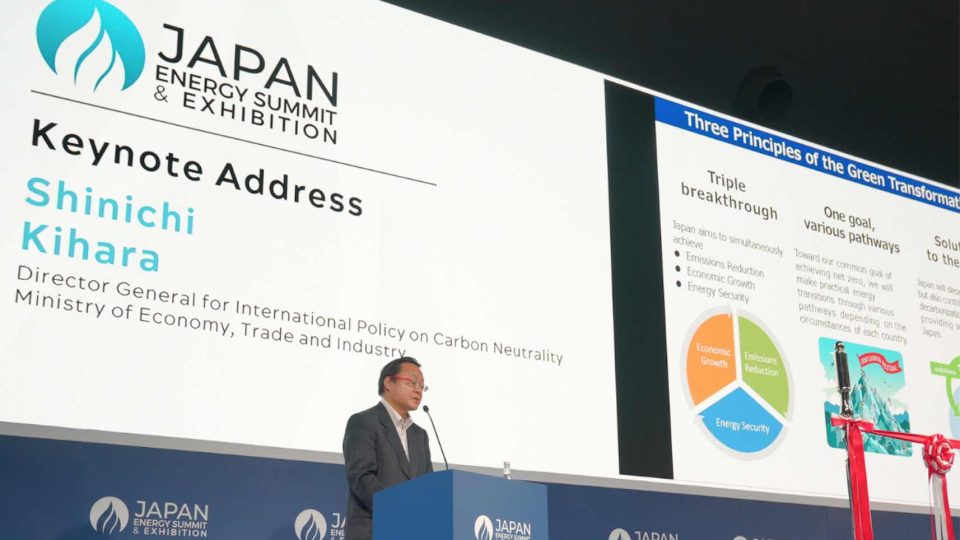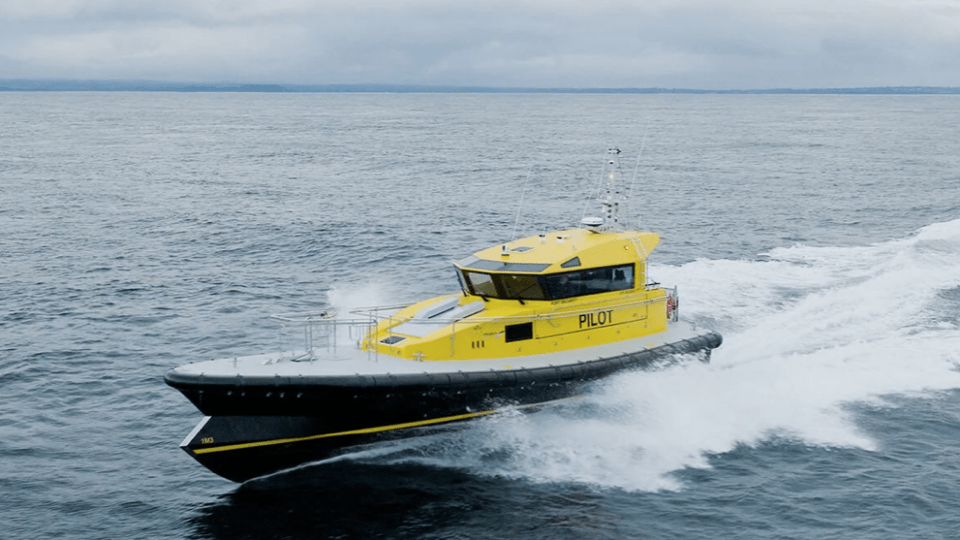ZF Hybrid Marine. Under the lens
ZF Hybrid Marine. The future of shipping ZF Hybrid Marine. Coming a step back, looking at Genoa Boat Show, we appreciate the 8000 series, in hybrid configuration with PTI and ZF electric motor of 200 kilowatts. ZF is notoriously one of the technological leaders in the driveline for over all the applications, marine pleasure included. […]
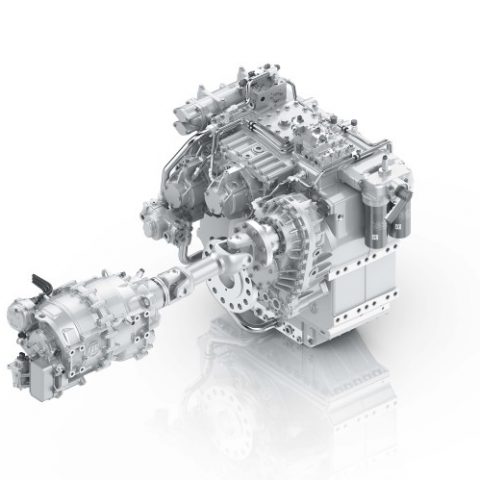
ZF Hybrid Marine. The future of shipping
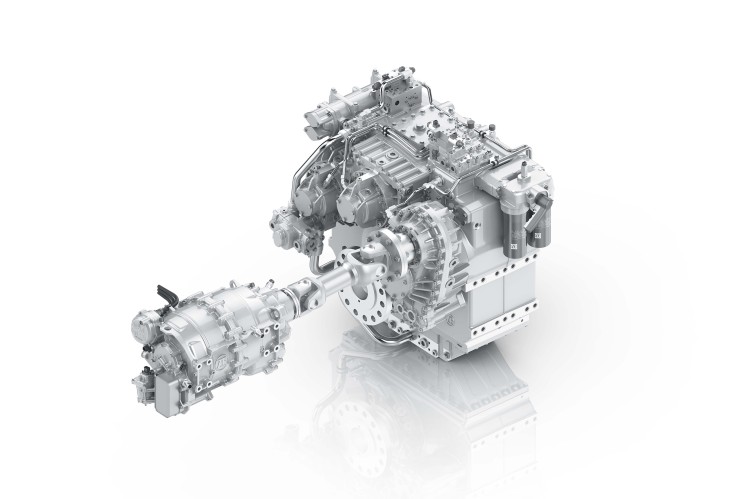
ZF Hybrid Marine. Coming a step back, looking at Genoa Boat Show, we appreciate the 8000 series, in hybrid configuration with PTI and ZF electric motor of 200 kilowatts. ZF is notoriously one of the technological leaders in the driveline for over all the applications, marine pleasure included.
TALKING ABOUT GENOA BOAT SHOW 2019
In light of the ever stricter regulations at sea and in ports, the future of shipping belongs to clean and sustainable propulsion technology. ZF can support shipbuilders and fleet operators who want to lower their emissions, fuel consumption and operating costs with a hybrid-capable transmission portfolio in many application segments. In so doing, the ZF Group offers fully integrated transmissions, electric motors, inverters and control components, which further increases reliability, profitability and quality.
Many arguments support maritime hybrid drives: reduced noise and emissions, increased fuel savings, and more effective power development when moving slowly. In addition, stricter environmental regulations and laws will apply starting in 2020. As a specific example, in 2026 Norway will only allow zero-emission ships in its fjords. Hybrid ships may continue to enter such harbors and waters that are closed to conventional engines. For this reason, both manufacturers and operators benefit from a wide-ranging portfolio of hybrid-capable transmissions that ZF produces for nearly all application segments. To do so, the company expands its transmissions with an additional power take-in (PTI) that exerts force on the propeller shaft via an electric motor alone or in combination with the conventional engine. This additional drive can handle a large variety of gear ratios. An optional spur gear drive compensates for the speed differences between the main engine and the electric motor.
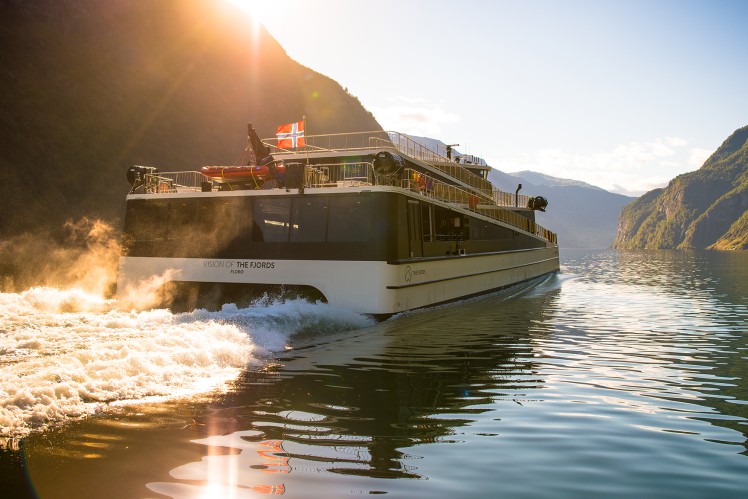
CeTrax, ZF suitable electric motor
ZF Marine hybrid transmissions feature a robust design, the highest degree of reliability and flexibility for customer-oriented installations. ZF is able to offer the modules in combination with a flexible coupling, an electric pump, inverters and an electric control unit. With CeTrax, ZF has a suitable electric motor that was developed within the company for the power range up to a maximum of 300 kWe. CeTrax has already proven itself in other applications on land and is now celebrating its maritime premiere in combination with ZF’s hybrid transmissions. The combination of these two innovative technologies in one driveline ensures a perfect interaction and ideal power development.
ZF GREEN PROPULSION FOR FERRIES
The range of hybrid-capable transmissions covers the scope from about 600 kW conventional power (ZF 33X0 series) to a maximum of 11,500 kW (ZF 83700). In the lower power range, the hybrid-capable transmissions can be combined with electric engines and inverters between 150 kWe and 600 kWe. ZF thus offers suitable drive solutions for a large variety of different ship models. Harbor tugboats, for example, can be operated in fuel-optimized stand-by-mode, ferries and motor yachts can operate all-electric, and research vessels can maneuver almost silently and with very little vibration.
This saves operating hours since the main engine is offline in PTI operation. This increases the lifetime of the engine and reduces operating costs since maintenance intervals can be extended. The electric motor also allows for two additional operating modes. In addition to the all-electric and conventional modes, the electric motor can be added in to boost acceleration, or, can be used in generator mode to provide hotel electric power aboard the ship, which allows for additional fuel savings. Both residents of ports and aquatic creatures benefit from the reduced noise and emissions levels, while increased comfort for passengers and crew is experienced aboard the ship.




